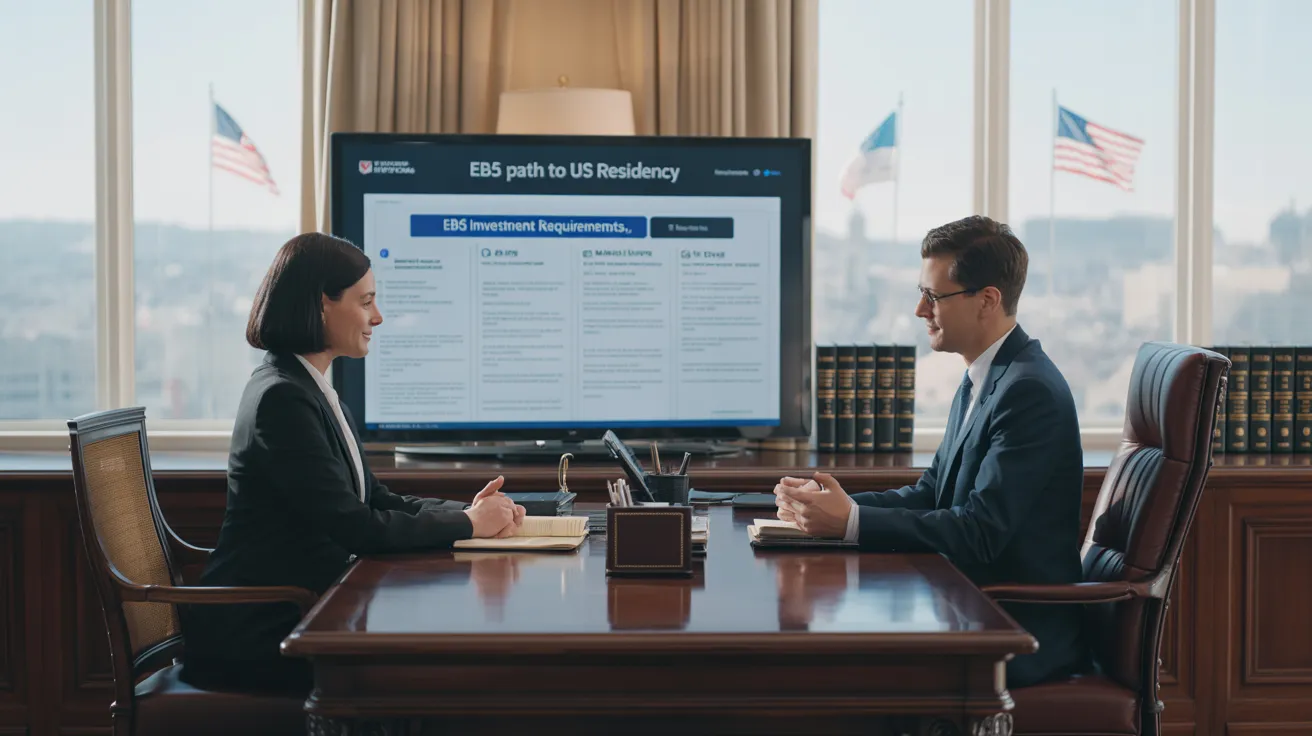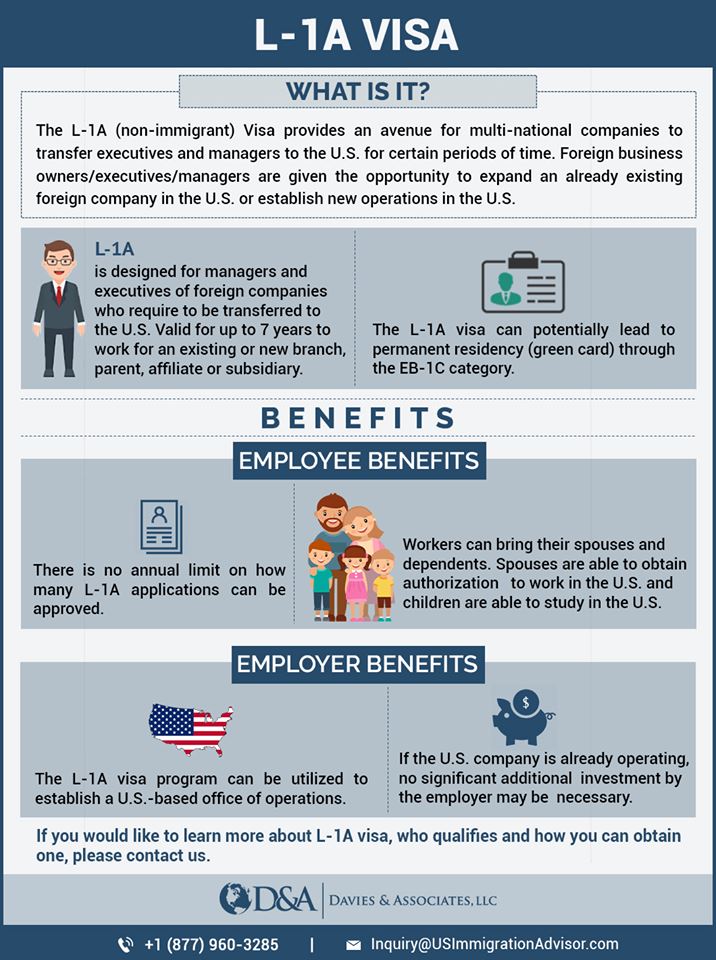Rumored Buzz on L1 Visa
Table of ContentsNot known Facts About L1 VisaSome Of L1 VisaExamine This Report about L1 VisaNot known Facts About L1 VisaSee This Report on L1 VisaThe Best Guide To L1 Visa
Available from ProQuest Dissertations & Theses International; Social Science Premium Collection. (2074816399). (PDF). Congress. (PDF). DHS Office of the Assessor General. (PDF). (PDF). "Nonimmigrant Visa Data". Gotten 2023-03-26. Department of Homeland Safety Office of the Examiner General, "Testimonial of Susceptabilities and Prospective Misuses of the L-1 Visa Program," "A Mainframe-Size Visa Loophole".
U.S. Department of State. Gotten 22 August 2016. "Employees paid $1.21 an hour to install Fremont technology firm's computers". The Mercury Information. 2014-10-22. Obtained 2023-02-08. Costa, Daniel (November 11, 2014). "Obscure short-lived visas for international technology workers dispirit incomes". Capital. Tamen, Joan Fleischer (August 10, 2013). "Visa Owners Replace Employees".
The smart Trick of L1 Visa That Nobody is Talking About
In order to be eligible for the L-1 visa, the international firm abroad where the Beneficiary was employed and the united state company must have a qualifying connection at the time of the transfer. The different sorts of certifying relationships are: 1. Parent-Subsidiary: The Parent indicates a company, corporation, or various other legal entity which has subsidiaries that it has and controls."Subsidiary" indicates a company, corporation, or other lawful entity of which a parent has, directly or indirectly, even more than 50% of the entity, OR possesses less than 50% yet has monitoring control of the entity.
Example 1: Business A is incorporated in France and utilizes the Recipient. Business B is integrated in the U.S. and wishes to petition the Beneficiary. Firm An owns 100% of the shares of Business B.Company A is the Moms And Dad and Firm B is a subsidiary. There is a certifying relationship in between the 2 firms and Company B need to be able to fund the Beneficiary.
Instance 2: Business A is incorporated in the U - L1 Visa.S. and wishes to petition the Recipient. Business B is included in Indonesia and employs the Beneficiary. Firm An owns 40% of Business B. The remaining 60% is possessed and controlled by Company C, which has no relationship to Company A.Since Business A and B do not have a parent-subsidiary connection, Business A can not sponsor the Recipient for L-1.
Company An owns 40% of Firm B. The continuing to be 60% is possessed by Firm C, which has no connection to Company A. Nevertheless, Company A, by formal arrangement, controls and full manages Company B.Since Company A has much less than 50% of Company B but takes care of and manages the company, there is a qualifying parent-subsidiary partnership and Firm A can sponsor the Recipient for L-1.
Indicators on L1 Visa You Should Know
Associate: An affiliate is 1 of 2 subsidiaries thar are both had and managed by the very same moms and dad or individual, or possessed and controlled by the same team of people, in generally the exact same proportions. a. Instance 1: Business A is integrated in Ghana and uses the Recipient. Company B is included in the united state
Business C, also integrated in Ghana, owns 100% of Business A and 100% of Business B.Therefore, Firm A and Firm B are "affiliates" or sister companies and a qualifying connection exists between the 2 business. Firm B must be able to sponsor the Beneficiary. b. Example 2: Company A is integrated in the united state
Business A is 60% owned by Mrs. Smith, 20% owned by Mr. Doe, and 20% owned by Ms. Brown. Firm B is included in Colombia and currently uses the Recipient. Company B is 65% owned by Mrs. Smith, 15% possessed by Mr. Doe, and 20% had by Ms. Brown. Firm A and Company B are associates and have a qualifying connection in two different methods: Mrs.
The L-1 visa is an employment-based visa group established by Congress in 1970, enabling multinational business to transfer their managers, executives, or click here essential workers to their U.S. procedures. It is frequently described as the intracompany transferee visa. There are two major kinds of L-1 visas: L-1A and L-1B. These types appropriate for employees hired in different positions within a firm.

Furthermore, the beneficiary must have functioned in a managerial, exec, or specialized worker setting for one year within the three years preceding the L-1A application in the international firm. For brand-new workplace applications, international work should have remained in a supervisory or executive capability if the recipient is involving the USA to work as a supervisor or executive.
The Ultimate Guide To L1 Visa

If approved for a united state firm functional for greater than one year, the first L-1B visa is for up to 3 years and can be prolonged for an extra two years (L1 Visa). On the other hand, if the united state company is newly established or has been operational for less than one year, the first L-1B visa is provided for one year, with expansions available in two-year increments
The L-1 visa is an employment-based visa classification developed by Congress in 1970, enabling multinational business to transfer their supervisors, execs, or vital employees to their U.S. procedures. It is commonly referred to as the intracompany transferee visa.
The Best Strategy To Use For L1 Visa
In addition, the beneficiary has to have functioned in a supervisory, executive, or specialized staff member placement for one year within the three years preceding the L-1A application in the international firm. For brand-new workplace applications, international employment should have been in a managerial or executive capacity if the beneficiary is concerning the United States to function as a supervisor or executive.
for as much as 7 years to oversee L1 Visa requirements the operations of the united state associate as an executive or supervisor. If issued for an U.S. firm that has actually been functional for even more than one year, the L-1A visa is at first provided for as much as 3 years and can be extended in two-year increments.
If granted for an U.S. firm functional for greater than one year, the preliminary L-1B visa is for up to 3 years and can be extended for an extra two years. Alternatively, if the U.S. firm is freshly established or has actually been functional for much less than one year, the first L-1B visa is released for one year, with expansions available in two-year increments.